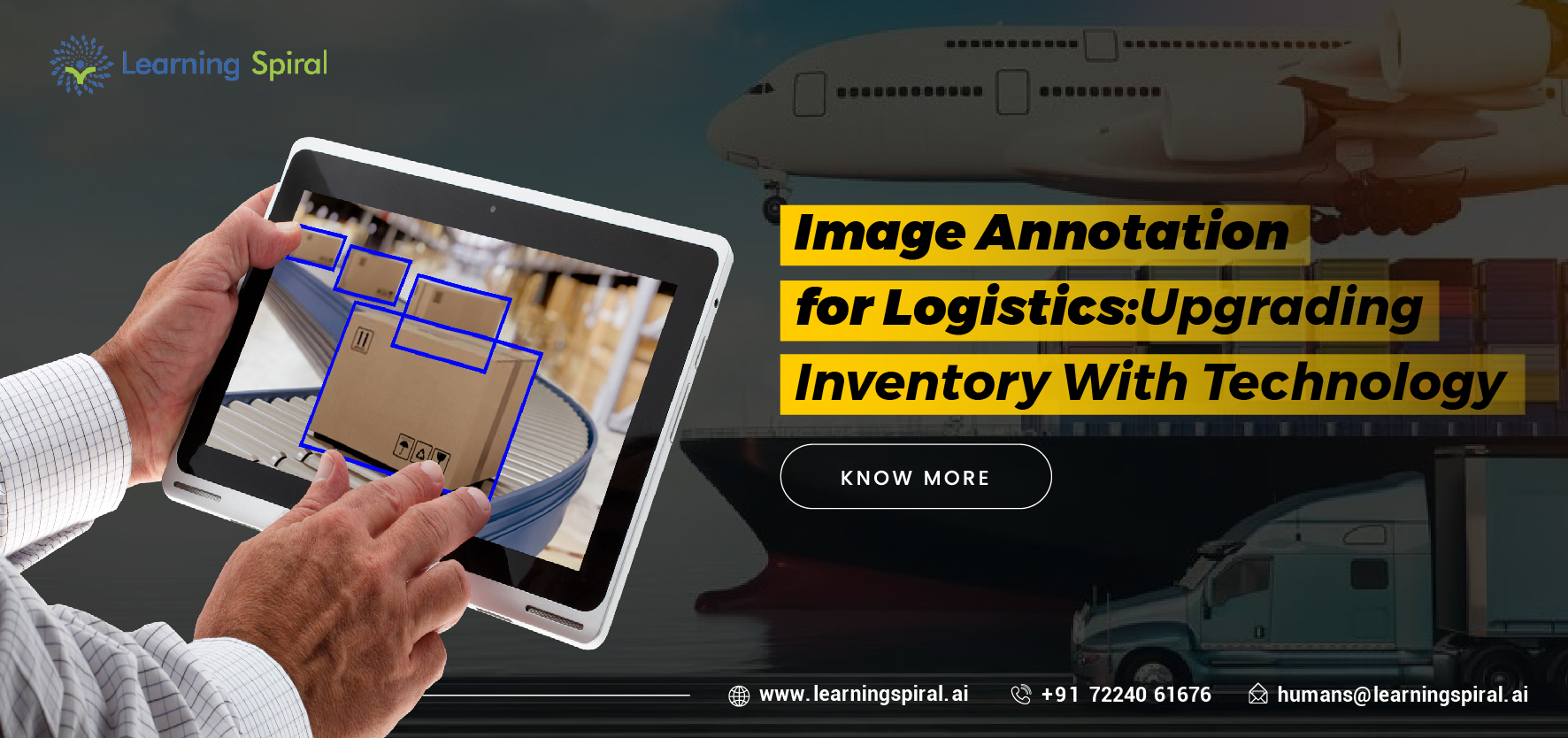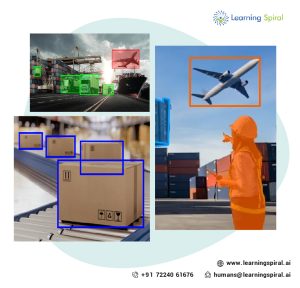
Image annotation, the process of labeling images with specific information, is rapidly becoming a cornerstone in the logistics industry.
By providing machines with the ability to ‘understand’ and interpret visual data, it’s driving significant advancements in efficiency, accuracy, and overall operational performance.
Inventory Management and Warehouse Optimization
One of the most critical applications of image annotation in logistics is inventory management. By labeling images of warehouse shelves and products, AI systems can accurately track stock levels, identify product locations, and optimize storage space. This data-driven approach reduces manual labor, minimizes errors, and prevents stock outs or overstocking.
Furthermore, image annotation can be used to analyze warehouse layout and workflow. By labeling different zones, equipment, and personnel, algorithms can identify bottlenecks and suggest improvements to optimize warehouse operations.
Supply Chain Visibility
In today’s complex supply chains, real-time visibility is paramount. Image annotation plays a crucial role in achieving this by enabling the tracking of goods throughout the supply chain.
By labeling images of shipping containers, pallets, and packages with relevant information such as tracking numbers, destinations, and contents, logistics providers can monitor shipments in real-time, identify potential delays, and optimize routes.
Quality Control and Damage Detection
Maintaining product quality is essential for customer satisfaction. Image annotation can be used to inspect products for defects, damages, or discrepancies.
By training AI models on images of products in good and damaged conditions, systems can automatically identify issues during the inspection process, reducing human error and improving overall product quality.
Autonomous Vehicles and Delivery
The logistics industry is increasingly adopting autonomous vehicles for last-mile delivery. Image annotation is crucial for training these vehicles to navigate complex environments, recognize traffic signs, detect obstacles, and identify delivery locations.
By labeling images with various objects, road conditions, and traffic patterns, AI algorithms can be developed to enable safe and efficient autonomous deliveries.
Challenges and Future Trends
While image annotation offers immense potential for the logistics industry, challenges such as data privacy, data quality, and the need for large datasets persist. However, advancements in AI and automation are addressing these issues.
The future of image annotation in logistics is promising. With the integration of emerging technologies like computer vision, augmented reality, and the Internet of Things (IoT), image annotation will become even more sophisticated. For instance, real-time image analysis could enable predictive maintenance of equipment, optimizing fleet management and reducing downtime.
Conclusion
Image annotation is transforming the logistics industry by providing valuable insights from visual data. By optimizing inventory management, enhancing supply chain visibility, ensuring product quality, and supporting autonomous delivery, image annotation is driving efficiency, cost savings, and customer satisfaction.
As technology continues to advance, the role of image annotation in logistics will only grow in importance.

